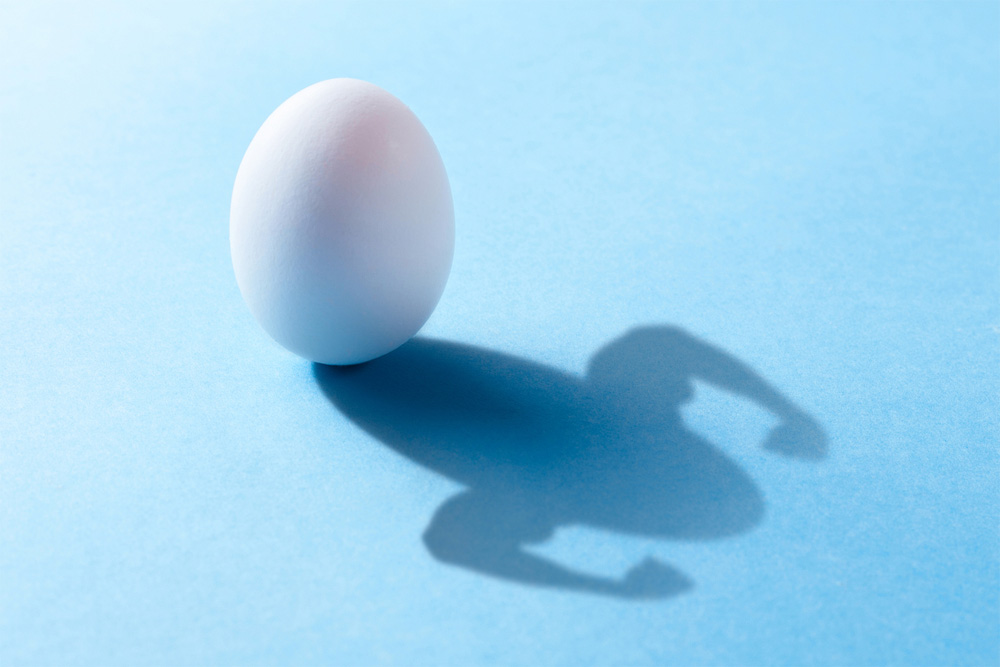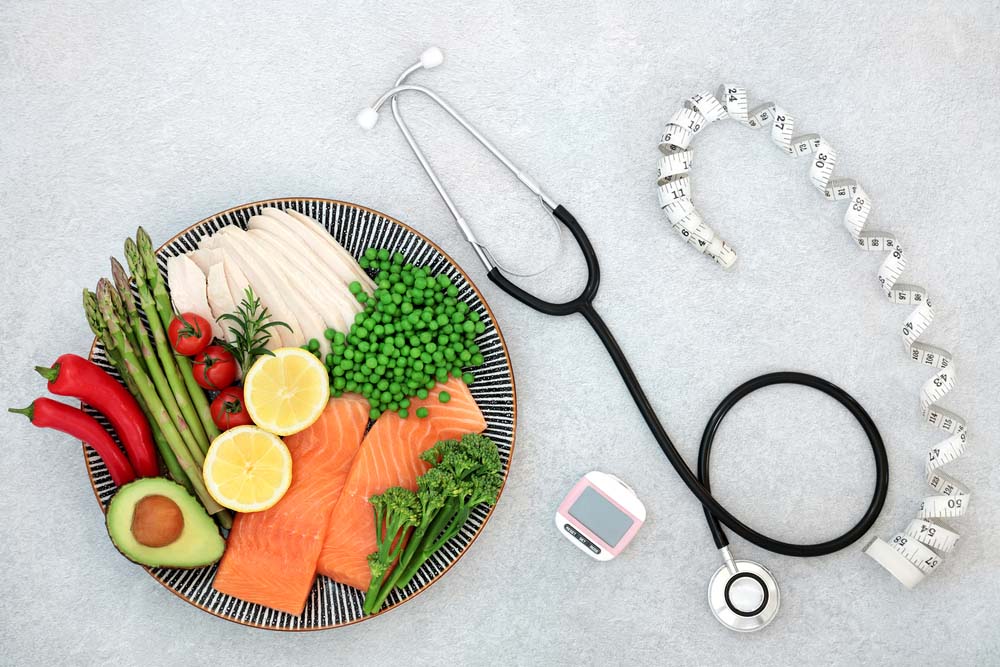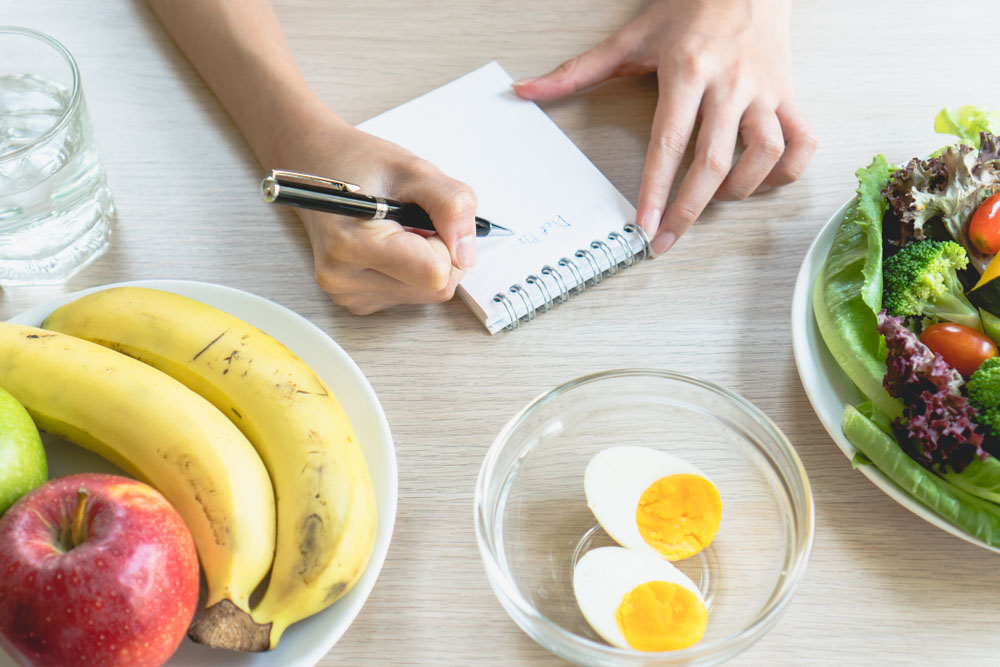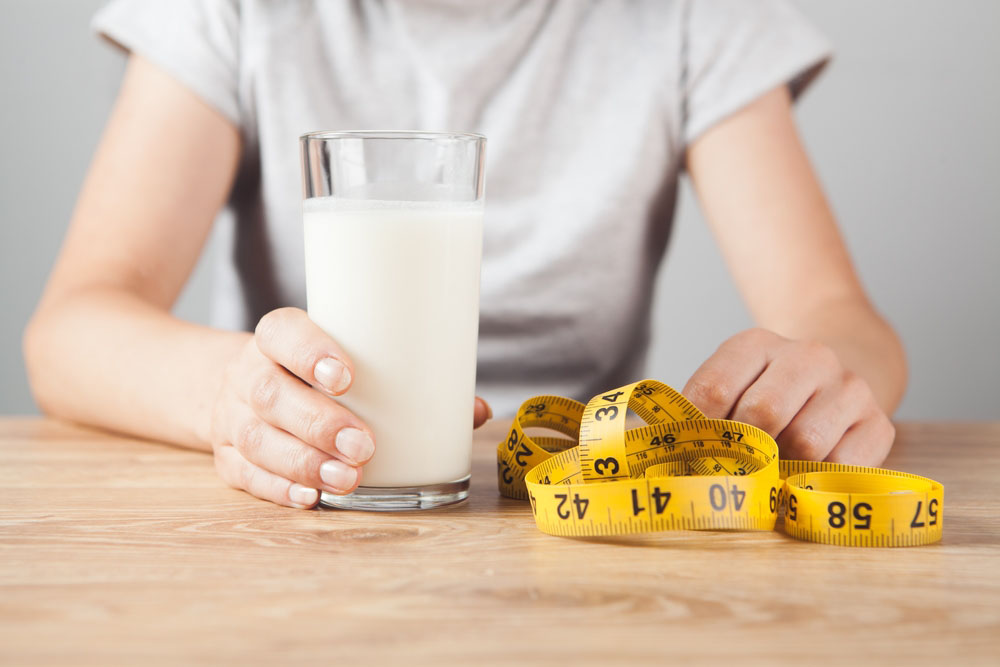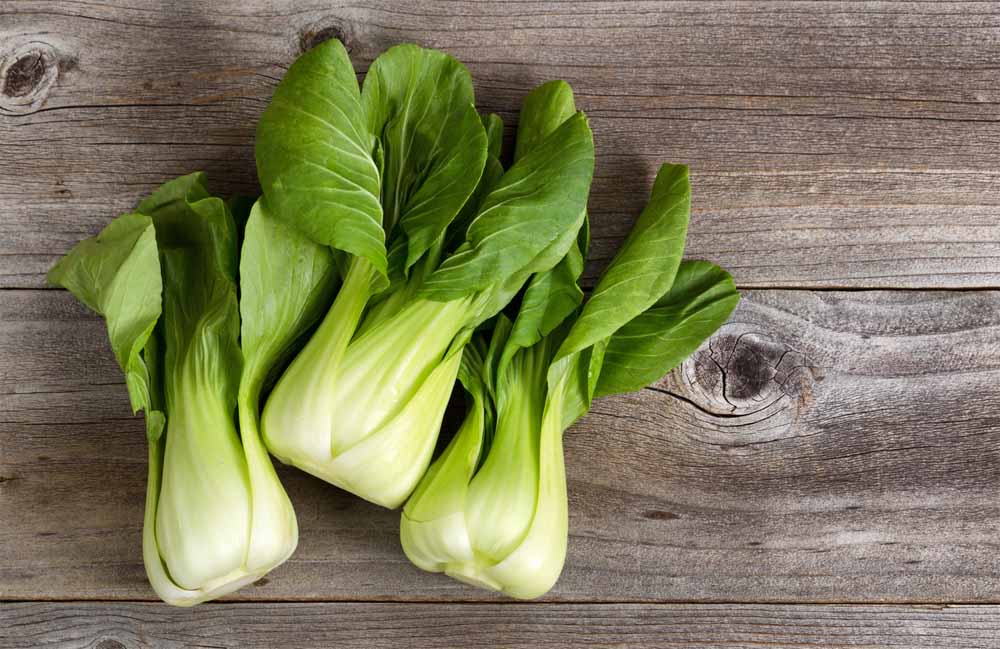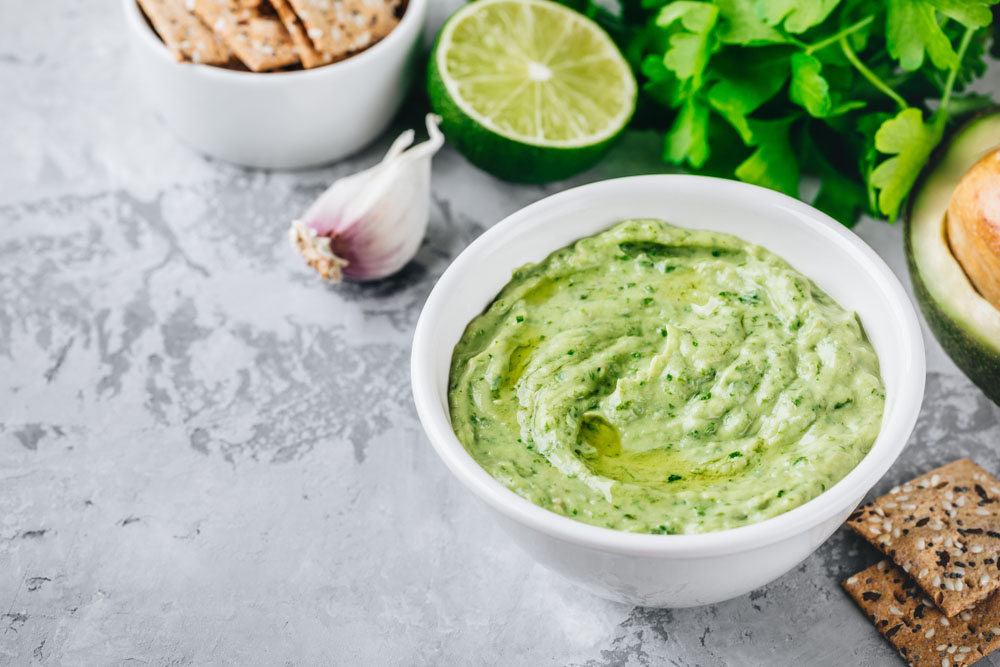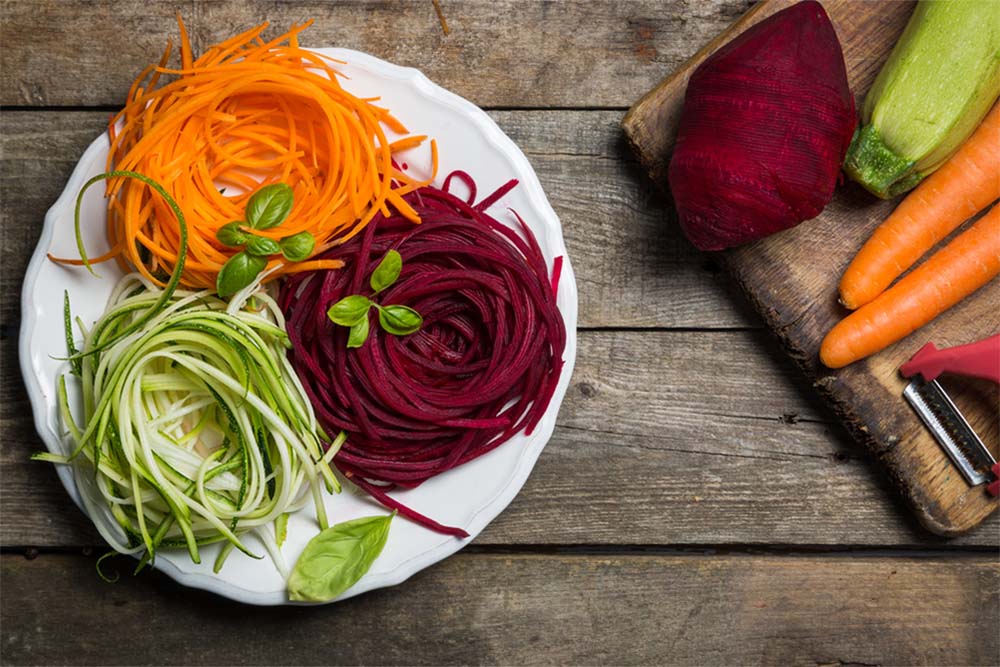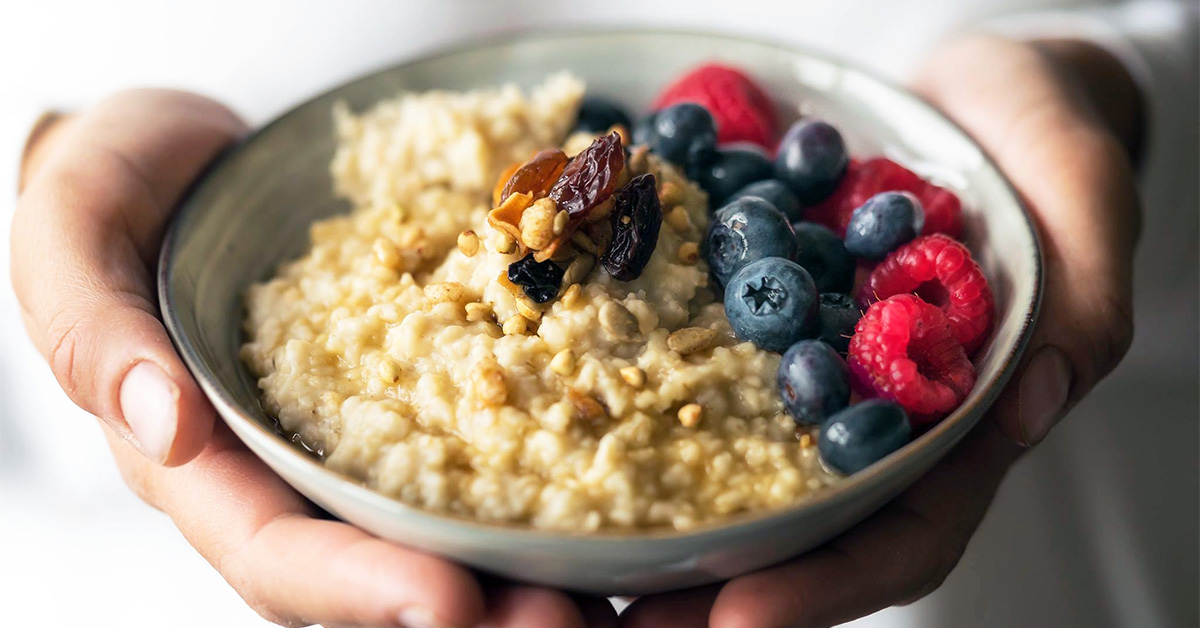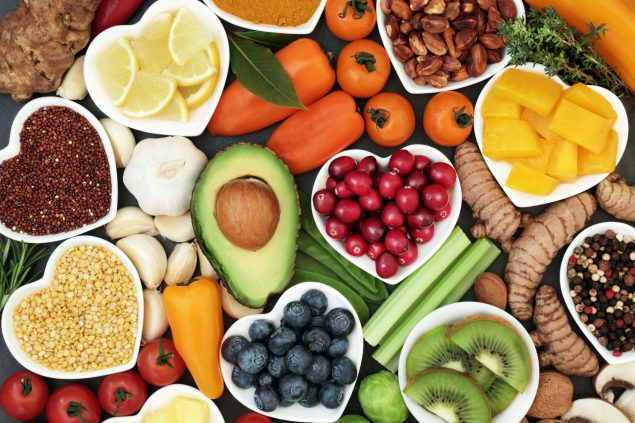Vitamins and minerals are significant contributors to the growth of several cells in the body and perform other core functions. Patients with diabetes have a lot to benefit from essential vitamins, including blood glucose levels regulation and a boost in immunity. These vitamins are readily available in natural sources like animal and plant foods, but you can also get a good dose of them from supplements.
However, many patients are clueless about getting more vitamins into their diet or even their sources. Moreover, many seem to know little about the right amount of vitamins they should take daily. On the one hand, taking too much of certain vitamins can lead to health complications. On the other hand, deficiency of some vitamins can lead to drastic effects in other people.
Your body produces specific vitamins in limited quantities while failing to produce other essential ones. Hence, the need for you to get vitamins from external sources like vegetables, fruits, or supplements. People living with diabetes are known to have specific diets tailored to their needs to help them better manage their condition. However, care needs to be taken when opting for supplements as a source of vitamins, especially for people on medication for illnesses like diabetes.
This guide discusses the essential vitamins your body needs, where to find them, how to use them, and other valuable information critical to healthy living.
Shining the Spotlight on Vitamins: What They Are and How They Work
Vitamins are substances that aid the proper growth and cell development. While the body does produce vitamins on its own, this quantity is nowhere enough to serve our vitamin needs in most cases. Fortunately, vitamins abound in other sources, including fruits, vegetables, meats, dairy products, etc.
Sometimes, the body doesn’t get enough of these vitamins. Vitamin deficiency can lead to a condition called vitamin deficiency anemia. This occurs when the body has very few healthy red blood cells than optimal.
Patients suffering from the condition tend to experience fatigue, pale skin, dizziness, etc., as some of its prevailing symptoms. This condition is common among pregnant women. More worrying is that other health issues can arise due to a lack of essential vitamins.
Categorizing Vitamins
There are 13 vitamins recognized as essentials for the body. Vitamins can dissolve in either water or fat, and the grouping of the 13 essential vitamins is rooted in this, as we’ll observe below.
Water-Soluble Vitamins
Water-soluble vitamins exist in forms that can only be dissolved by water. They move through the body and are easily absorbed into the body tissues. However, they rarely stay long in the body; any excess exits the body as urine. Essentially, you need more water-soluble vitamins due to the inability of the body to store them.
There are nine water-soluble vitamins, including the B vitamins (B1, B2, B3, B5, B6, B7, B9, B12) and vitamin C.
Fat-Soluble Vitamins
These types of vitamins can only function when there’s dietary fat. The four fat-soluble vitamins include vitamins A, D, E, and K.
Your body can retain them and usually stores any excess in the liver, muscles, and fatty tissues. However, you need to take caution regarding the consumption of these vitamins, as they can quickly accumulate to toxic levels when consumed in excess.
A Closer Look at the 13 Essential Vitamins Your Body Needs

There are various sources of vitamins, including natural ones (like vegetables and fruits) and man-made supplements. As a diabetic, you should note that not all sources of vitamins are safe to consume.
Foods high in fat, sugar, and sodium are deemed unhealthy, and you should strive to avoid them. Also, carefully examine supplements before you take them by doing the due diligence of checking with your doctor.
Here are the 13 essential vitamins with details on their core functions and best sources.
Vitamin A
Vitamin A exists in two forms — provitamin A carotenoids (beta-carotene) and preformed vitamin A (retinyl, esters, retinol). This fat-soluble vitamin is essential for the growth of body cells and supports your immune system. More particularly, taking adequate amounts of this essential vitamin will help you maintain healthy skin, teeth, hair, and bones.
Figured out the early childhood carrot myth yet?
It turns out it’s not much of a myth, as the beta-carotene in carrots helps the eyes adjust to the light.
Best Sources
Foods like meat, fortified milk, poultry, shrimp, eggs, fish, etc., contain the preformed form of vitamin A. On the other hand, provitamin A exists majorly in fruits like carrots, mangoes, orange juice, and leafy green vegetables like cabbage, potatoes, spinach, etc.
Vitamin C (Ascorbic Acid)
Vitamin C is essential for its rejuvenating properties. You get exposed to free radicals daily, majorly from air pollution and ultraviolet light. Smoking also tends to increase the presence of free radicals in the body.
Vitamin C protects the body against free radicals. Moreover, it helps wounds heal faster, boosts the body’s immune system, and aids your body in absorbing iron. This vitamin also acts as a critical oxidant in the body.
However, medical conditions like kidney disease can reduce the body’s ability to absorb this essential vitamin.
Best Sources
Vitamin C exists majorly in fruits and vegetables. Take more tomatoes, potatoes, brussels sprouts, berries, citrus fruits, melons, peppers, etc., to get a good dose of vitamin C.
Vitamin D (Calciferol)
You can get more vitamin D by simply standing in the sun. Naturally, your body produces more vitamin D when exposed to sunlight. It’s the vitamin responsible for the proper development of the bone.
This vitamin aids calcium absorption, a mineral stored in the bone. Vitamin D also plays a part in controlling low diabetes by enhancing insulin sensitivity. Namely, the insulin hormone helps the body in blood glucose control.
A study shows a link between vitamin D deficiency and insulin resistance. Its deficiency also results in rickets or osteoporosis — manifestations of weakened bones.
Best Sources
Although your body can produce this vitamin via exposure to sunlight, you can also get the “sunshine vitamin” from fortified milk, fatty fish like mackerel and tuna, egg yolk, beef liver, mushrooms, and other fortified foods like cereals.
Vitamin E (Alpha-Tocopherol)
Here’s another vitamin that works alongside vitamin C in protecting the body against free radicals. It’s a fat-soluble antioxidant that plays an essential role in maintaining red blood cells.
Other vital functions it performs include boosting the immune system, preventing Alzheimer’s disease, protecting the cell wall, and building muscle. Vitamin E also plays a vital role in improving insulin activity in the body, a plus for diabetics.
However, a lack of vitamin E can lead to a weaker immune system or/and muscle damage.
Best Sources
You can obtain this vitamin from green leafy vegetables, whole grains, salad dressings, and egg yolks. Also, it exists in vegetable oils like corn, soybean, or sunflower. Additionally, you can get more of this vitamin by consuming nuts and whole-grain products.
Vitamin K
Vitamin K is tasked with the function of promoting optimal blood clotting. If you take blood thinners, you must get around consuming more vitamin K. This vitamin also contributes to bone health.
While your body can make up to 50% of the vitamin K you need, you can compensate for the rest through other sources, as we’ll see below.
Best Sources
This vitamin can be found in vegetables like cabbage, broccoli, spinach, and dairy products like milk. You can also get more vitamin K from eggs and liver.
Vitamin B1 (Thiamine)
Thiamine is an essential nutrient—especially for people with diabetes—that helps the body convert carbohydrates into energy.
Vitamin B1 plays a key role in the proper nerve function of the body. It also aids digestion and helps maintain healthy skin, hair, and muscles. In people with diabetes, vitamin B1 helps maintain blood sugar levels.
Best Sources
Eat more whole grains, cereal, brown rice, fortified bread, pork, ham, soymilk, legumes, watermelons, etc., to meet your body’s vitamin B1 needs.
Vitamin B2 (Riboflavin)
Vitamin B2 helps in the conversion of food into energy. It’s essential for cell development and the growth of new cells while also playing a vital role in metabolizing fats, drugs, and steroids. Furthermore, riboflavin is a significant contributor to healthy skin while aiding better vision.
Although rare, vitamin B2 deficiency occurs in pregnant women, breastfeeding women, and sometimes in people on a vegan diet. Symptoms like hair loss, sore throat, cracked lips, and liver disorders are common in people deficient in riboflavin.
Best Sources
To get more of this vitamin, you should consume more animal products like eggs, milk and milk, and lean meat. Other sources of riboflavin include mushrooms, leafy green vegetables, whole grains, fortified cereals, yogurt, and some beverages.
Vitamin B3 (Niacin)
Niacin works hand in hand with other B vitamins in converting food into energy. Additionally, this vitamin helps regulate cholesterol levels, a big plus for people with diabetes.
Your skin, nervous system, and digestive system also benefit from vitamin B3 as it helps boost your health. Also notable among this vitamin’s functions is that it aids cell growth and enables them to function optimally.
Best Sources
Sources of this essential vitamin include seafood, poultry, lean meats, whole grains, fortified bread, and grains. You can also get a good dose of niacin from leafy green vegetables, mushrooms, and peanut butter.
Vitamin B5 (Pantothenic Acid)
This water soluble vitamin performs the core function peculiar to B vitamins, helping the body convert food into usable energy. However, it performs other functions, including manufacturing steroid hormones and red blood cells, breaking down fats to release energy, and producing neurotransmitters. It also helps stabilize blood glucose levels.
Best Sources
Vitamin B5 is abundant in nature and can be found in almost all foods. More specifically, familiar sources of pantothenic acid are avocados, potatoes, seafood, beef, poultry, peanuts, whole grain, mushrooms, etc.
Vitamin B6 (Pyridoxine)
Vitamin B6 is essential for metabolizing protein and carbohydrates to supply the body with needed energy. It also plays a vital role in maintaining cognitive abilities, helps manufacture red blood cells, and aids brain development in embryos. Other core functions of pyridoxine include converting tryptophan to serotonin and niacin, as well as aiding proper nerve function.
Best Sources
Familiar sources of vitamin B6 are meat, green vegetables, non-citrus fruits, potatoes, legumes, soy products, etc.
Vitamin B7 (Biotin)
Besides helping the body synthesize glucose, vitamin B7 converts proteins, carbohydrates, and fats into energy. It’s also vital for healthy bones and hair.
Vitamin B7 deficiency is common in people with biotinidase deficiency — a rare genetic disorder that prevents the body from recycling biotin. Alcoholics and pregnant women also risk suffering from vitamin B7 deficiency.
Best Sources
You can obtain this vitamin from organ meats, egg yolks, soybeans, nuts, whole grains, green vegetables, and sweet potatoes.
Vitamin B9 (Folate, Folic Acid)
Vitamin B9 is essential in human development, especially for pregnant women. Notably, it helps prevent birth defects that might likely occur in its absence, including neural tube defects (NTDs) like spina bifida.
Moreover, this vitamin aids the production of red blood cells. It’s also responsible for DNA and RNA formation. According to a review on PubMed, folate shows promising positive signs in battling diabetes as it helps reduce homocysteine — an amino acid linked with higher diabetes risk.
Best Sources
You can obtain folate and folic acid from fortified flour, legumes, orange juice, leafy green vegetables, liver, yeast, turnip, spinach, broccoli, etc.
Vitamin B12 (Cobalamin)
Vitamin B12 is regarded as the big gun of the vitamin B family. It plays a significant role in producing DNA, RNA, and red blood cells. Also, it contributes to the development of nerve cells.
Cobalamin plays the typical role of breaking down food to release energy for the body. Other core functions of vitamin B12 include the prevention of megaloblastic anemia and the breakdown of amino and fatty acids.
Best Sources
Cobalamin is abundant in most animal products, including beef, eggs, milk, seafood, etc. As this vitamin is absent in plant foods, vegans risk its deficiency. However, they can make up for it by taking its equivalent supplements.
Amount of Vitamins Needed Based on Gender
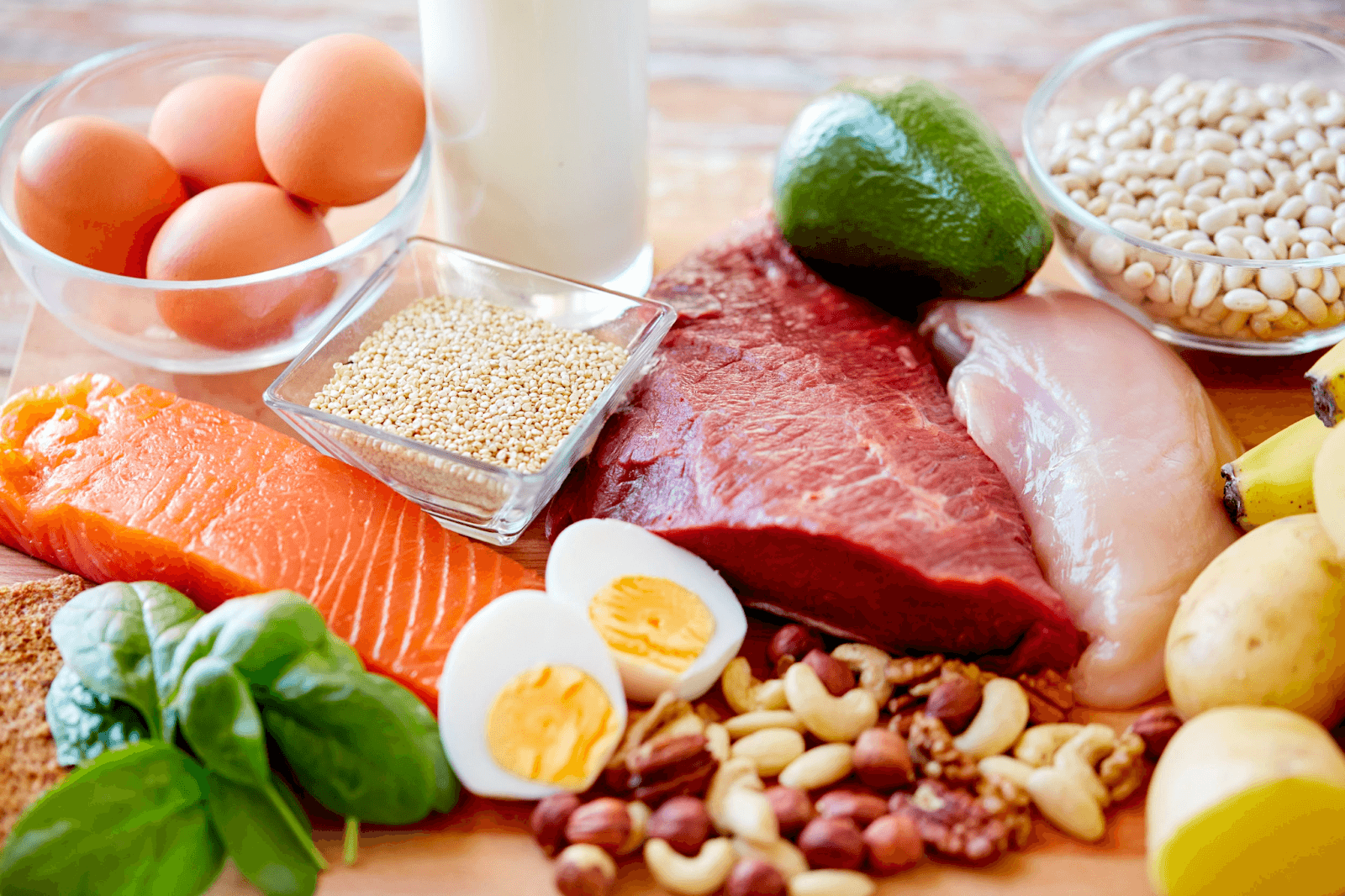
These are the recommendations according to the Harvard School of Public Health.
| Vitamin | RDA or AI | RDA or AI |
| Adult Male | Adult Female | |
| A | 900 mcg | 700 mcg |
| B1 | 1.2 mg | 1.1 mg |
| B2 | 1.3 mg | 1.1 mg |
| B3 | 16 mg | 14 mg |
| B5 | 5 mg | 5 mg |
| B6 | 1.3 mg | 1.3 mg |
| B7 | 30 mcg | 30 mcg |
| B9 | 400 mcg | 400 mcg |
| B12 | 2.4 mcg | 2.4 mcg |
| C | 90 mg | 75 mg |
| D | 600 IU | 600 IU |
| E | 15 mg | 15 mg |
| K | 120 mcg | 90 mcg |
Note: The amount required may vary due to pregnancy, age, or other health-related factors. Ensure you check with your doctor for exact details.
Final Thoughts
There you have it; a comprehensive list of all the essential vitamins your body needs. While the body can produce some vitamins like vitamin D in sufficient amounts via sunlight, you may need to make up for others by eating just the right foods. As this guide outlines, you can derive benefits like improved immune systems and balanced glucose levels from these vitamins.
As a diabetic, you need to ensure a balanced diet rich in these 13 essential vitamins. However, you should watch out for toxic concentrations of fat-soluble vitamins while at it, as this can be quite harmful. A rule of thumb is to ensure you consult your doctor or dietitian to figure out how to fit the essential vitamins into your diet.
An excellent way to fit these vitamins into your meal plan is via a digital meal planner like Klinio. This easy-to-use app suggests well-rounded meals that contain these essential vitamins in an amount that normalizes blood sugar levels. You can also monitor other key vitals like water and calorie intake, weight, physical activity, etc., on the app.





